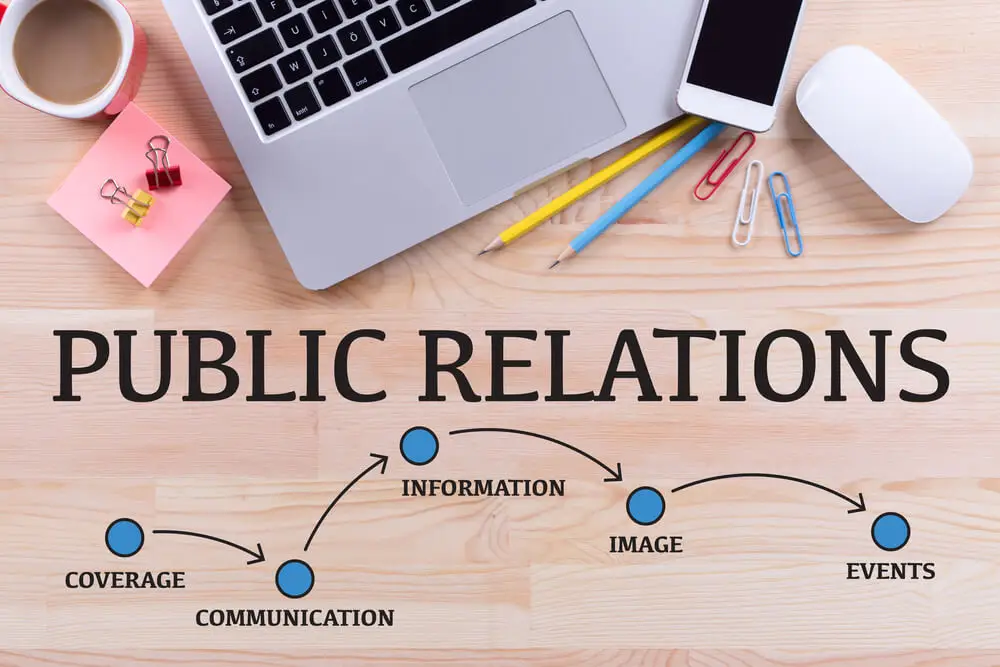The field of public relations has undergone a major transformation in the digital age. PR professionals now have access to a wide array of online tools and platforms that have dramatically changed how they communicate with the public and shape narratives around brands, organizations, and public figures. While the fundamental goals of PR remain the same – to build trust, foster relationships, and craft persuasive messaging – the strategies and channels used to accomplish those goals look very different today compared to just 20 years ago.
The Rise of Social Media
Arguably the biggest digital disruption in public relations has been the advent of social media. Platforms like Facebook, X, Instagram, and TikTok have enabled brands to engage with target audiences in real-time through viral content, online influencers, and visual storytelling. The power now lies in the hands of consumers who can make or break a company’s reputation through reviews, comments, and shares. PR teams closely monitor trending topics and insert their clients into relevant online conversations in authentic ways. Strategies emphasize visual media and grassroots engagement rather than top-down messaging.
Data and Analytics
Digital channels also provide a wealth of data through metrics and analytics. PR professionals can now track views, clicks, shares, sentiment, reach, and specificity of messages. This allows them to monitor campaign performance, identify influencers, pinpoint target demographics, and optimize content strategy. Big data enables more accurate reporting to clients/management on ROI as well. However, an over-reliance on data can be detrimental if it is not balanced with human insight and critical thinking. Successfully leveraging both art and science is key in PR today, which is something you’ll learn more about if you study a Public Relations Masters at https://onlinemasters.jou.ufl.edu/ .
Rise of Earned Media
While the digital age has introduced new paid opportunities like promoted social content, earned media remains critically important in public relations. Shared authentic content still carries more weight with audiences rather than promoted posts. To earn coverage, though, PR teams must pitch more niche stories to journalists that fit specific beats/viewership as traditional mass media outlets have declined. A story gaining traction online also greatly increases the chances of crossing over to mainstream coverage. So, viral buzz generated in digital spaces can still drive conversations in broadcast or print media as part of an integrated strategy.
Crisis Communications
For crisis communicators, digital platforms have been a bit of a double-edged sword when managing sensitive PR situations. On the one hand, timely responses across multiple channels are expected during emergencies or scandals, which can magnify otherwise minor issues online. However, the same connective technology enables more efficient fact gathering, monitoring of misinformation, conveying of messaging to key stakeholders, and tracking of resolution responses. The PR challenge is accelerating processes that used to take days or weeks as news cycles now last only hours or minutes in the nonstop digital space.
While some pundits once predicted a decline in the PR field as content distribution shifted online and organizations could engage audiences more directly, the industry has adapted well to digital disruption. As brand reputations are ever more dependent on holistic messaging, professional communicators remain essential in bridging companies with consumers – albeit in new ways and on new platforms. Agile adaptation will continue serving public relations professionals well as technology progresses, while still retaining focus on relationship-building, ethics, and effective persuasion at the core.




